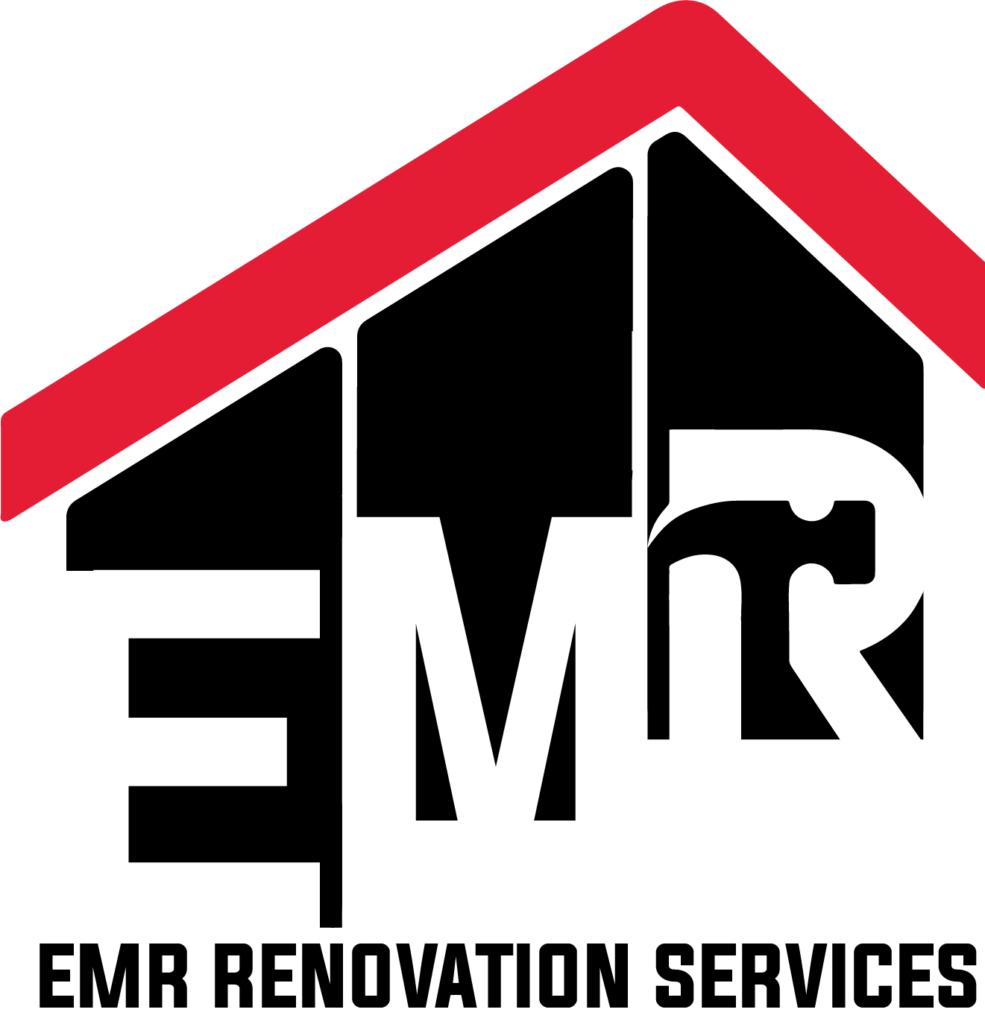The Scientific Research and Experimental Development (SR&ED) program has been around for a few decades now, but there continues to be a common misunderstanding about what the “ED” part of the acronym actually means in practice. First, let’s look at the definition:
“Experimental development is work undertaken for the purpose of achieving technological advancement for the purpose of creating new, or improving existing, materials, devices, products, or processes, including incremental improvements.”
The key here is to notice the two inclusions of the phrase “for the purpose of,” which represent two hurdles that need to be met. The second one is easy: “a new or improved product or process.” This is the one that most taxpayers understand, and it’s actually the best way to identify the development work occurring that MAY qualify as “ED.” But, once we find that development work, we need to evaluate it for the first “for the purpose of” hurdle: Was there a technological uncertainty and technological advancement involved in your journey to achieve that new/improved product or process?
You really need to address the above question to make the distinction between “routine” technical problem solving and systematic investigations to resolve an underlying technological uncertainty. This is where tax payers have the most trouble, and it’s where BeneFACT provides one of our most significant value-adds.
Here’s an example: the design of a new high-flow water purification system, which has a 30% higher throughput efficiency at higher purification levels than any of the units currently available on the market. The unit was also able to reduce biological contamination to greater than 99.99% in a single pass through the system.
Clearly, we are going to meet the “ED” hurdle of new or improved product or process but, do we meet the technological uncertainty/advancement hurdle? It depends – we have to dig into the details of what work was done and why. What if all that was required was the selection of an available filter media, and designing a relatively routine purification unit around it – a design that only required routine optimization to get the parameters like flow rate and head pressure set? In this instance, we are likely just solving technical problems using available technology, knowledge, and capabilities. We have a new or improved product, but no underlying technological uncertainty that prevents the development of it from being routine.
In this case though, there was underlying technological uncertainty with respect to the specialized filter material. The benefit of this new filter media would be the pass-through capability and dramatically increased surface area, but that came at the cost of fragility and with process issues in creating a usable substrate for water purification. There was considerable work done in enhancing this novel filter media to also include conventional UV-light inducing purification properties that, until this development work, had only been possible with much lower efficiency due to low light penetration depth that was limited to the range of filter media types available. In addition, the water purification behaviour of such a system prior to the claimant’s investigation was unknown and prevented the applicability of the routine engineering equations for the purification unit design. This led to multiple iterations of design and testing of the main water purification unit. The flow path, media shape, thickness and proximity to UV lights, and ultimately, the highest purification efficiency were all determined experimentally.
Sometimes you achieve something worth bragging about to your customers or investors, which can at first sound like a SR&ED project. However, SR&ED is concerned with the process required to achieve that something, in addition to the achievement itself. This distinction goes to the heart of understanding the difference between technical problem solving and technological experimental development.


